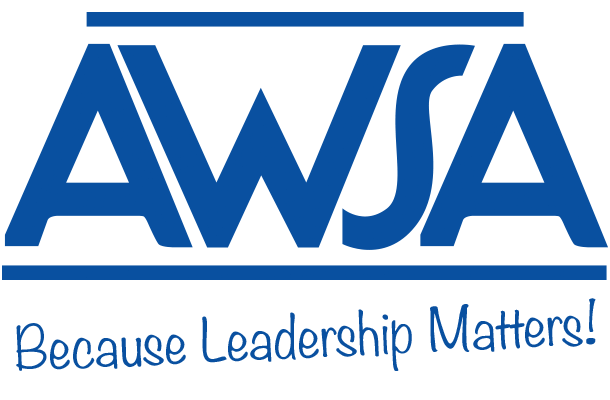August 14th EditionThe State Budget’s Impact on Your SchoolFrom Fab Labs to increased school mental health funding, this article provides a summary of the budget provisions of most interest to AWSA members. In-Focus: Budget Increases Funding for School-Based Mental Health Supports
by Beth A. Herman, MSE School Mental Health Training Consultant, Wisconsin Department of Public Instruction The 2017-2019 state budget was a watershed moment for school-based mental health. It was the first time that the state legislature appropriated funds, to the Department of Public Instruction, specifically for school-based mental health. The 2019-21 state budget increased support for school-based mental health programming. This article provides background information on this important programming with links to the specific grant programs. 2019-20 Associate Principal of the Year AwardThe 2019-20 Associate Principal of the Year award is now accepting nominations! The Wisconsin Associate Principal of the Year program recognizes Associate Principals whose leadership has resulted in improved student learning, instructional collaboration, and a safe and positive school environment. Nominations are accepted from teachers, parents, principals, and others across Wisconsin. To nominate an associate principal please fill out the nomination form that can be found in the link above and have it emailed to Jena Sebald at [email protected] by October 1, 2019. August 28th EditionHow to Develop an Empathy-Centered School: 8 Tenets Educational Leaders Use to Build Strong Empathy-Focused Schoolsby Dr. Michele Borba “A great leader has ‘compelling modesty’, is more we-centric, not I centric, is quiet, humble, calm and aims for the common good.” Creating an empathy-based school is not quick and often is years in the making, but empathy quest always is a key focus. Though each school varies, here are four tenets that strong educational leaders do to create strong empathy-centered schools. Need a Reading Teacher? We Can Help!by Cathy A. Toll, Ph.D., Chair & Graduate Program Coordinator, Department of Literacy & Language, Center for Literacy Educators and Leaders University of Wisconsin Oshkosh The Center for Literacy Educators & Leaders at UW Oshkosh has a new program to assist school districts struggling to find reading teachers. Under Wisconsin’s revised licensing code, school districts that are unable to find a licensed reading teacher may request a Tier I district-sponsored license with stipulations for a teacher currently employed by the district, who then can serve as a reading teacher. The enabling rule, PI 34.029, explains how teachers licensed in this manner can develop their skills in order to be ready for licensure at the Tier II or Tier III levels: The employing school district will provide appropriate professional development and supervision to assist the applicant in becoming proficient in the license program content guidelines for the new subject area or grade level. The employing school district may partner with an approved program to ensure the applicant attains proficiency in the content guidelines. Building Administrator Checklistby Joe Schroeder, Ph.D. Associate Executive Director, AWSA As a new school year circles around, we once again share our Building Administrator Checklist. This document provides a list of reminders, prompts, and potential ideas for a school leader to consider as he/she works through the school year. With such a list at your fingertips, we hope that you can lead ever more proactively and deliberately, minimizing the last-minute scramble, and easing any anxiety about "what comes next?" It remains a tremendous honor to serve those who serve Wisconsin's students and communities so capably and devotedly. May 2019-2020 be your most impactful and satisfying year yet!
Read more.
Working Hard, Working Happy! Effort and Joy Should be BFFs in Your Schoolby Rita Platt, Principal of St. Croix Falls and Dresser Elementary Schools Every year, AWSA members publish books on educational leadership. We invite AWSA authors to submit articles on their books that we can include in the Update. As you enter Mrs. Miner’s sixth grade classroom the first thing you notice is that all students are on task. Students are everywhere but all seem to be engaged in the learning target set forth by the teacher. Moreover, everyone seems happy! Students sit close to one another, smile often, and their quiet whispers are often punctuated by laughter. The room is clearly arranged to meet learners’ various needs. About half of the tables at the center of the room are filled with small groups of students talking quietly as they work on gathering and sharing information for a project. There are three study carrels on the back wall with signs above them that read, “Shhh! Quiet Study Area!” One of the carrels houses a child who is independently reading and taking notes from an article. Along another wall is a tall table with barstools for seating; there, students are working in groups of two with laptops open. Mrs. Miner’s desk is in the far back corner of the room but it is empty. She sits at a kidney-shaped table near the front door working with three students. You notice that she occasionally points to the chart on the wall behind her to emphasize a point. |
